With the popularity of home medical equipment, two types of “respiratory aids” – oxygen concentrators and ventilators – have begun to appear frequently in homes, nursing homes, rehabilitation centers and other settings. They are similar in appearance and both are related to “breathing”, which often makes people think that they are different names for one kind of equipment. In this article, we will comprehensively clarify the essential differences between the two through the basic principles, functional differences, applicable population and use of the scene and other dimensions.
So, what is the difference between an oxygen concentrator and a respirator? The answer lies in the fact that one is “oxygen supply equipment” and the other is “ventilation equipment”. The former is responsible for delivering purified oxygen to the nasal cavity, while the latter can “push air into the lungs” through positive pressure, thus replacing or assisting the breathing action. The two are so different in terms of their operating principles, functional goals, medical ratings, and populations that they cannot be used in place of each other.
If you are planning to purchase a home respiratory device, or are looking for the right product for a family member or patient, reading this article will help you make a more scientific and safer decision, and avoid the common pitfall of “spending money on the wrong device”.
Ⅰ.Definition and core function comparison
Although oxygen concentrator (Oxygen Concentrator) and ventilator (Ventilator) in the appearance and use of the object is often confused, but from the perspective of the fundamental function, they are two completely different devices. One is responsible for “providing oxygen” and the other is responsible for “controlling respiration”, and there is a fundamental difference in the applicable population, working mechanism and usage scenarios.
1.Oxygen Concentrator
✅ Typical application scenarios:
Chronic Obstructive Pulmonary Disease (COPD), emphysema and other low-oxygen patients home oxygen therapy
Post-surgery recovery, pregnant women’s oxygen supply, the elderly rehabilitation
Plateau acclimatization and fatigue travel supplementation of oxygen
Mild sleep disorders assisted oxygen inhalation (non-alternative ventilation)
Users are easily confused point clarification:Some patients mistakenly believe that “hypoxia” means “respiratory failure”, but in fact, if you can breathe normally and only need oxygen supplementation, the oxygen concentrator is the first choice.
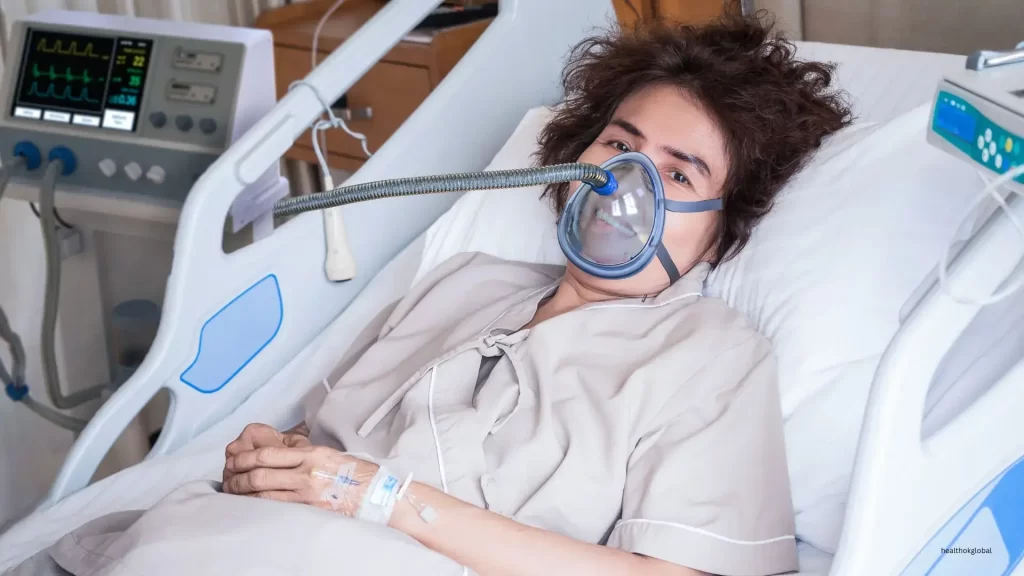
2.Ventilator
✅ Typical application scenarios:
Critical ICU: e.g. ARDS (Acute Respiratory Distress Syndrome), New Crown Critical Illness, ARDS
Intraoperative/post-operative anesthesia recovery: to help restore spontaneous respiration
Sleep apnea (OSA): using CPAP or BiPAP to regulate the airway at night
Neurological or muscular respiratory failure: e.g. ALS, myasthenia gravis Patients requiring mechanical assistance with breathing
User Myth Alert: Ventilators are intended for people who are unable to breathe effectively on their own, not for people with insufficient oxygen, and therefore are not a substitute for an oxygen concentrator.
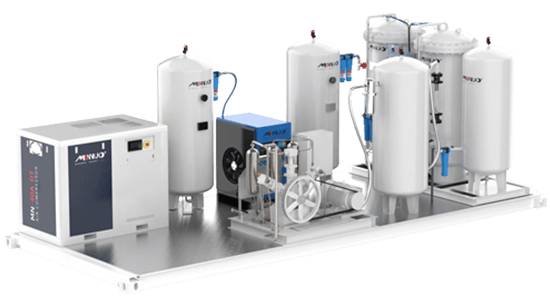
| Comparison Dimension | Oxygen Concentrator | Ventilator |
| Functional Core | Provide oxygen supplementation | Replace or assist the human respiratory process |
| Working Mechanism | Separate oxygen from the air without interfering with the respiratory rhythm | Set the pressure/frequency/airflow, and directly push the lungs to ventilate |
| Whether to rely on independent respiration | Yes (the user breathes on his/her own) | No (can take over the respiration completely) |
| Do you need a doctor to adjust the parameters | No, some high-end models support intelligent adjustment | Yes, you need a professional doctor to evaluate and set the ventilation parameters |
| Common Users | COPD patients, pregnant women, post-operative recoveries, the elderly, travelers | ICU patients, surgical patients, neuromuscular disorders, severe OSA patients |
If you are only mildly short of breath and feel hypoxic after activity, an oxygen concentrator is sufficient; however, if you are unable to breathe on your own or have a severe ventilation disorder, a ventilator is a medically necessary option.
Summary of Applicable Populations
| Population Classification | Degree of hypoxia | Ability to breathe on own | Recommended equipment | Oxygen concentrator applicable | Ventilator applicable |
| Mild to moderate oxygen insufficiency | Low~Medium | Fully present | ✅ Oxygen concentrator | ✅ Stabilized oxygen supply for home use | ❌ Generally no need for respiratory assistance |
| Decreased respiratory ventilation | High | Reduced or loss of respiratory ventilation | ✅ Ventilator | ⚠ Oxygen concentration needs to be evaluated for adequacy | ✅ Ventilatory support or replacement must be used |
| Nocturnal Obstruction but Normal during the day | Medium | Nocturnal Instability | ✅ Ventilator (CPAP) | ❌ Inadequate oxygen supply only | ✅ Use of CPAP/BiPAP to improve airway collapse |
| Plateau environments, exercise hypoxia | Low to Medium | Normal | ✅ Oxygen concentrator | ✅ Oxygen support to relieve plateau response | ❌ Not necessary |
| Surgery, ICU, respiratory failure | Very high | None | ✅ Ventilator | ❌ Oxygen concentration and ventilation support insufficient | ✅ Mandatory use for life support |
Ⅱ. Comparison of purposes and scenarios of use
When choosing oxygen therapy equipment, the most confusing issue is often not the technology, but the “purpose” and “scenario”. Oxygen concentrators and ventilators are used for fundamentally different purposes and work in different ways. The following is an in-depth comparative analysis of 5 key dimensions.
If you are only suffering from mild oxygen deprivation due to altitude sickness, old age, or post-surgical recovery, an oxygen concentrator is more economical and practical.
However, if you have been diagnosed by your doctor with respiratory dysfunction, insufficient ventilation, or if your nighttime snoring is so severe that it is suffocating, then a ventilator is the right choice. Do not confuse the function and buy blindly.
| Item | Oxygen concentrator | Ventilator |
| Main purpose | Inhalation of high concentration of oxygen to improve hypoxia | Assisting or replacing respiration to ensure respiratory rate/pressure/volume |
| Control mode | Adjustment of flow rate (1-10L/min) | Setting of inspiratory/expiratory pressures, frequencies, modes, etc. |
| Frequency of use | Continuous use for long periods of time | Intermittent use for some models, all-day operation for the ICU mode |
| Portability | Portable model available for home use/traveling Medical use | Ventilator is heavy, portability is limited to CPAP or small ventilators |
| User Dependency | Auxiliary equipment, can be disengaged | Some critically ill users depend on it for long periods of time |
Ⅲ. Technical structure and maintenance differences
Although both oxygen concentrators and ventilators belong to the category of “respiratory assistive devices”, there are fundamental differences in terms of hardware composition, operational thresholds and maintenance requirements. Understanding these differences helps users to more clearly assess the complexity of the equipment, ease of use and maintenance costs.
1. Comparison of technical structure
✅ Oxygen concentrator core structure:
Compressor: responsible for pressurizing the air to provide raw power for the molecular sieve system;
Molecular sieve system: filtering nitrogen and extracting high concentration of oxygen through Pressure Swing Adsorption (PSA technology);
Oxygen output system: stabilizing output of oxygen-enriched gas at a set flow rate, usually 1~10L/min, which can be connected to humidification bottle, mask or nasal oxygen tube.
Features: compact structure, clear module, convenient maintenance, suitable for long-term home operation.
✅ Ventilator core structure:
Sensor system: real-time monitoring of the patient’s respiratory rhythm, airflow rate, respiratory pressure and other key parameters;
Air pump system: outputs positive pressure gas according to set parameters;
Ventilation control module: regulates inhalation/exhalation pressure, mode switching, synchronization mechanism and other complex functions, adapting to a variety of patient states.
Characteristics: complex system, relying on accurate parameter setting, high requirements for stability and response speed, applicable to clinical medical scenarios.
2. Differences in maintenance and consumables
| Equipment type | Composition of core consumables | Cleaning/replacement frequency recommendation | Useful life (whole machine) |
| Oxygen generator | Filter, humidifier bottle, tubing, molecular sieve | Weekly cleaning of filter and humidifier bottle, replacement of filter wool every 6 months, molecular sieve service life of approx. 3 years (partially replaceable) | 3~5 years |
| Ventilator | Mask, air hose, filter pads, humidifier | Mask and tubing are recommended to be rinsed daily and disinfected weekly; filter pads are replaced 1~3 months Mask and tubing recommended to be flushed daily and sterilized weekly; filters 1~3 months; humidifier tank changed daily | 3~7 years (longer for medical grade) |
Ⅳ. Common User Misconceptions and Purchase Suggestions
1. Analysis of Common Misconceptions
Misconceptions 1: “Breathing problems can be solved by buying an oxygen concentrator”
Many users interpret “dyspnea” simply as “lack of oxygen”, but in fact, dyspnea may come from ventilation obstacles rather than insufficient oxygen concentration. If the patient’s symptoms are due to airway obstruction, respiratory muscle weakness or insufficient ventilation (e.g., sleep apnea, neuromuscular disease), supplemental oxygen alone can not improve the symptoms, but may cover up the condition and delay treatment.
✅ Correct practice:
First by the doctor to assess whether the “hypoxia” or “ventilation insufficiency”, to determine whether to choose the oxygen concentrator or ventilator, can not be generalized.
Myth 2: “Ventilators and oxygen concentrator are substitutes for each other”
Many non-professional users confuse the two and believe that one can satisfy all respiratory problems. This misconception is especially common in patients with COPD and sleep apnea.
For example:
People with severe obstructive sleep apnea will not be able to solve the airway collapse problem if they only use an oxygen concentrator;
Chronic hypoxia patients will not be able to get improvement if they only use a ventilator without sufficient oxygen supply.
2. Recommendations for user selection
In order to avoid blind purchase, waste of resources and even delay of disease, it is recommended that users confirm the following questions before purchase:
① Is it clear whether you need oxygen concentration enhancement or ventilation intervention?
If there is only low oxygen saturation (SpO₂ <93%), you can consider the oxygen concentrator to assist oxygen;
If there is a ventilation obstacle (such as holding awake, snoring, apnea, anesthesia recovery difficulties, etc.), you should choose the respiratory machine;
Some people need both, such as: chronic obstructive pulmonary disease combined with sleep apnea (Overlap Syndrome).
② chronic disease patients, it is recommended that the doctor recommended selection
Whether you buy an oxygen concentrator or a ventilator, it is recommended that through the pulmonary function assessment, blood gas analysis, sleep monitoring, etc., by the doctor to issue a professional recommendation, especially the elderly, long duration of the disease, the complexity of the underlying disease patients.
③ Focus on certification qualifications to ensure safety compliance
When choosing equipment, especially for medical purposes, please make sure to ensure one or more of the following certifications:
CE (EU): applicable to the EU national market, emphasizing the electrical safety and stable performance of the product;
FDA (U.S.): the U.S. Food and Drug Administration certification, with special emphasis on the materials of the device and the accuracy of the output;
ISO 13485: the quality management system certification of the medical device, reflecting the production of the company’s quality management system certification, especially the production of the device.
Ⅴ. MINNUO Product Suggestions
As a professional brand focusing on the research, development and export of gas equipment, MINNUO provides a series of diversified product systems covering household portable, medical medium-sized, and industrial-grade centralized oxygen supply for the oxygen therapy needs of different users. Whether you are a home user, a medical buyer or a cross-border e-commerce customer, you can find a reliable solution from MINNUO to fit your scenario.
MINNUO Gas System Integration Advantage: Meeting Professional Needs
For users with higher standards such as hospitals, clinics, and ventilator brand manufacturers, MINNUO also provides complete gas system solutions:
Everything from portable oxygen concentrators to industrial centralized oxygen supply systems
Oxygen systems with outputs of 1~60Nm³/h, with medical oxygen storage tanks and piping design solutions, adapted to wards, ICUs, community health centers and other medical environments, Community health center and other medical environments.
Support the export of raw materials of molecular sieve, and support the local package production of overseas customers
In addition to the export of the whole machine, we also provide the original package sales of molecular sieve of CECA, UOP and other famous brands, and serve the manufacturers of respiratory equipment and medical equipment integration manufacturers.
Assisting customers in the integration of ventilator+oxygenation integrated solutions
Providing joint configuration suggestions for patients with chronic obstructive pulmonary disease combined with OSA, helping channel partners to promote the sales of dual-device combo packages and increase the terminal conversion rate.
Conclusion
Although both oxygen concentrators and ventilators are respiratory support equipment, they are fundamentally different: one is responsible for supplying oxygen and the other is responsible for controlling respiratory maneuvers. Choosing the wrong equipment can result in delayed treatment, wasted resources and even health risks.
Whether it is for home use, travel oxygen therapy, or clinical procurement, understanding the difference between the functions of the devices is the first step, MINNUO can provide compliant, efficient, and scenario-appropriate professional advice and ancillary products for users with different needs, welcome to contact us for customized solutions.

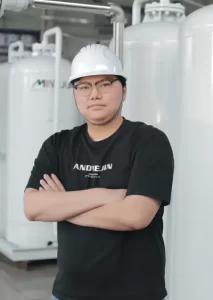
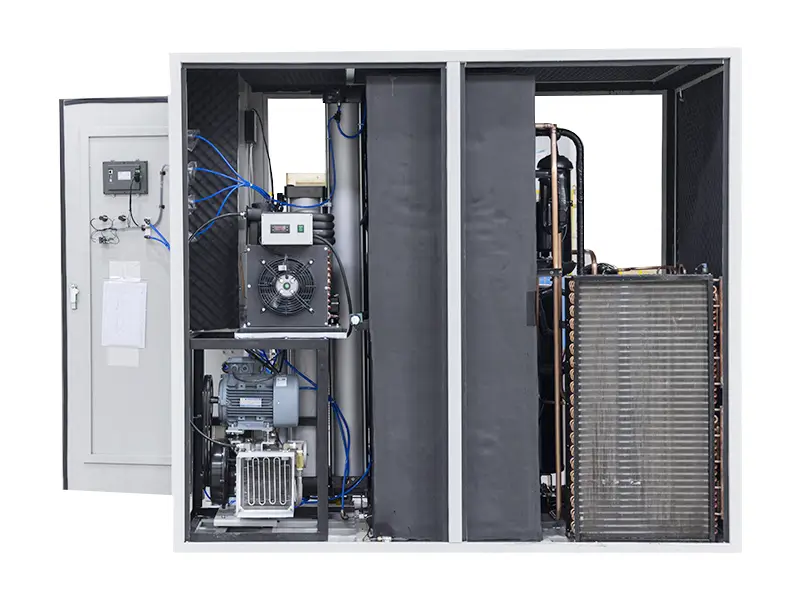
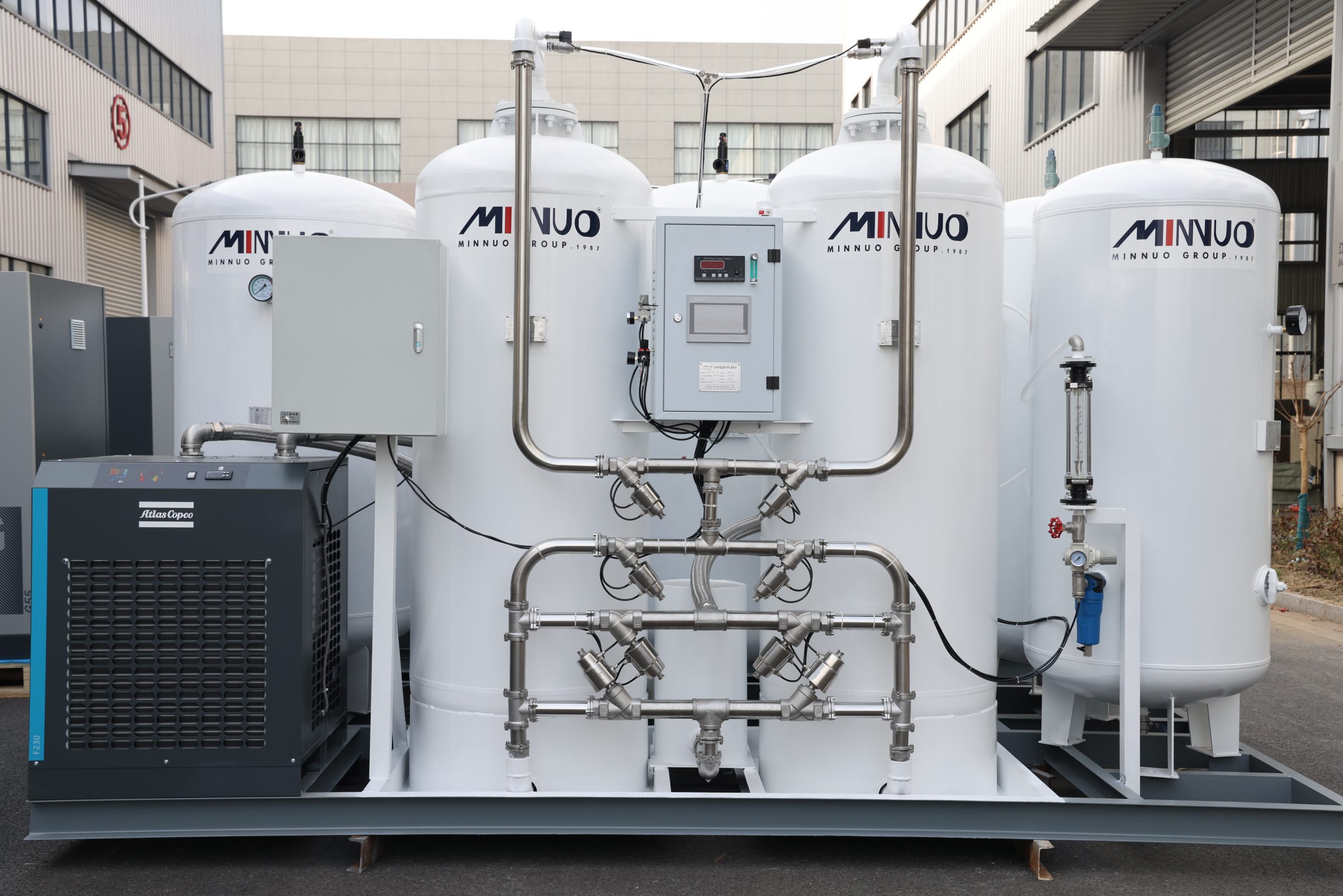
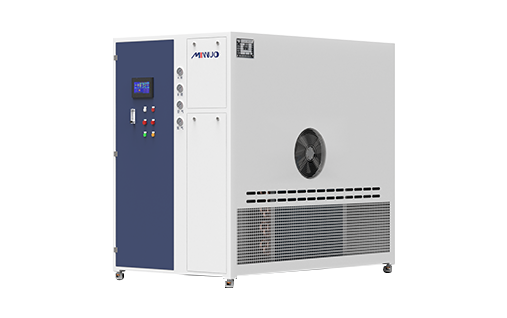

 sales2:+86 17506119168
sales2:+86 17506119168

